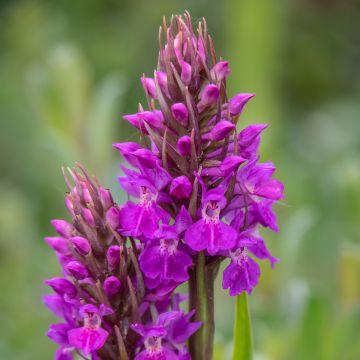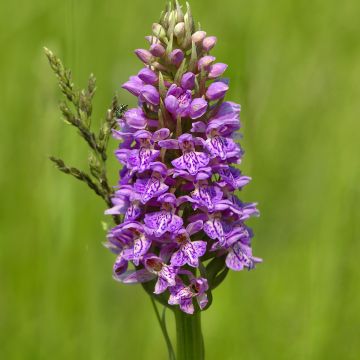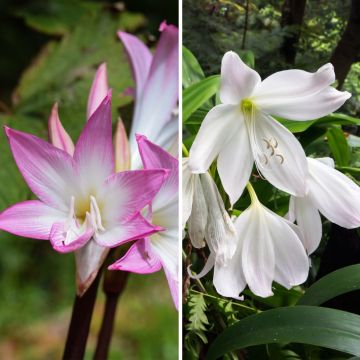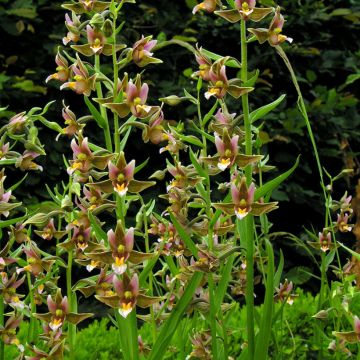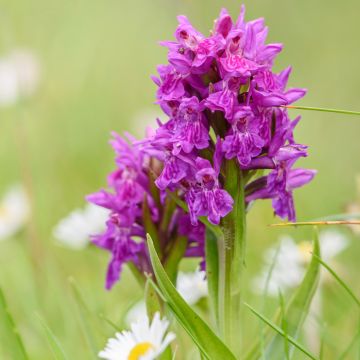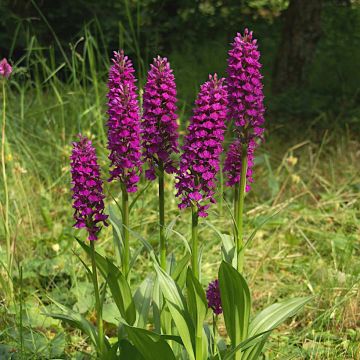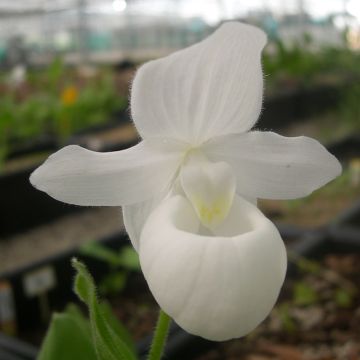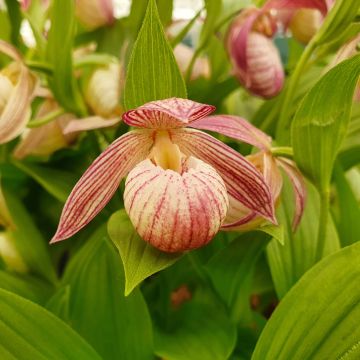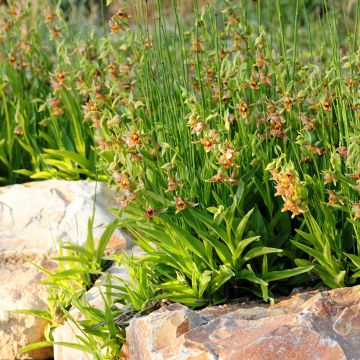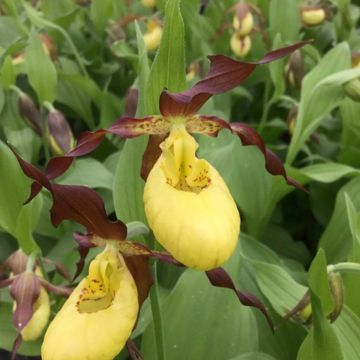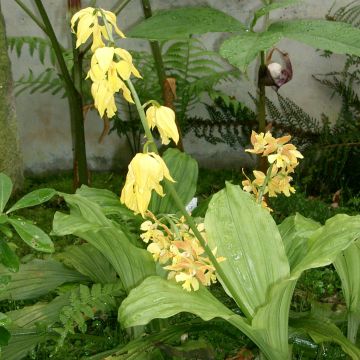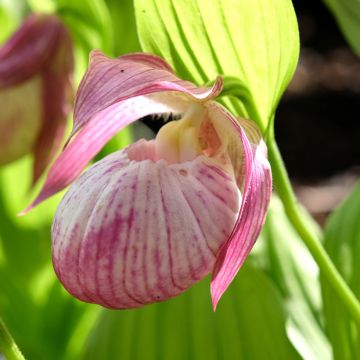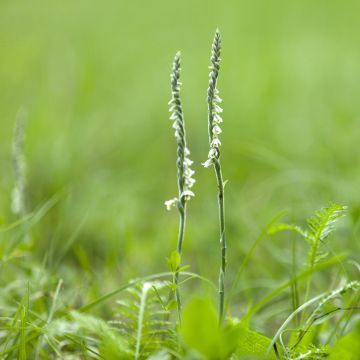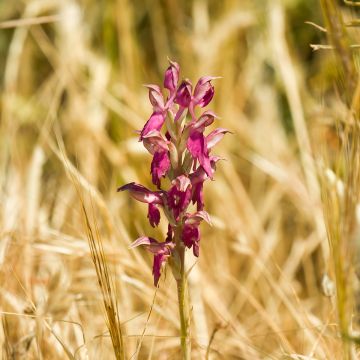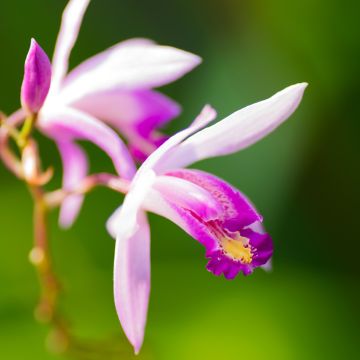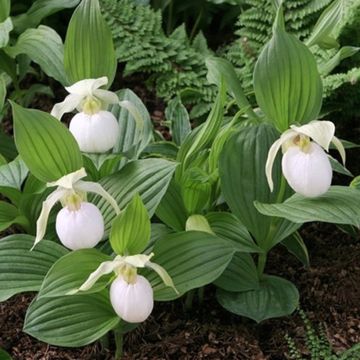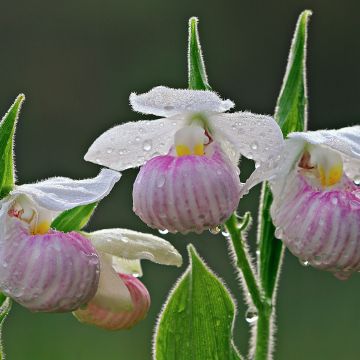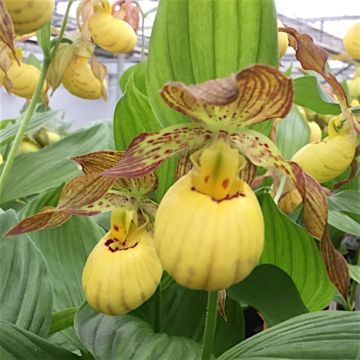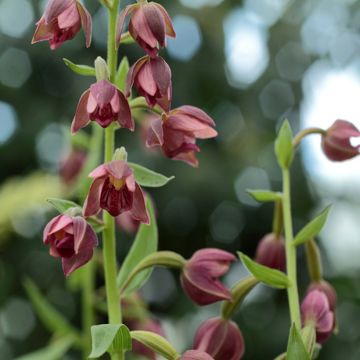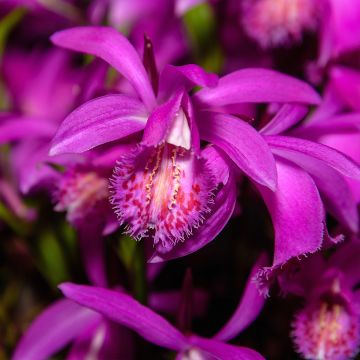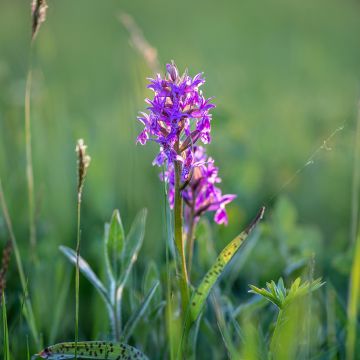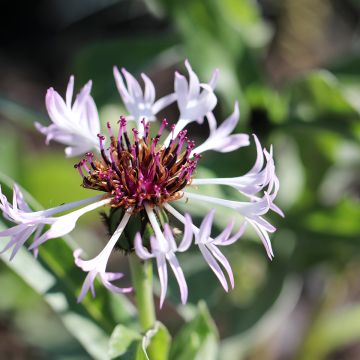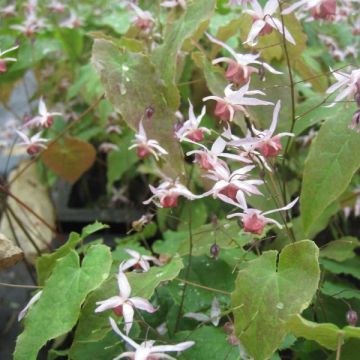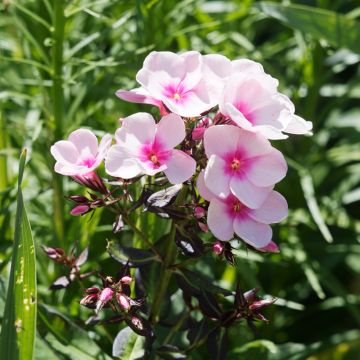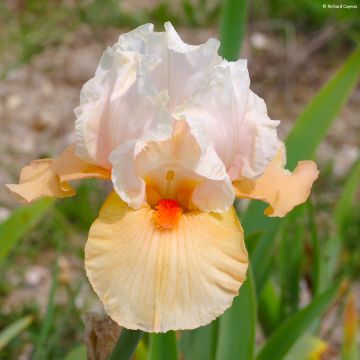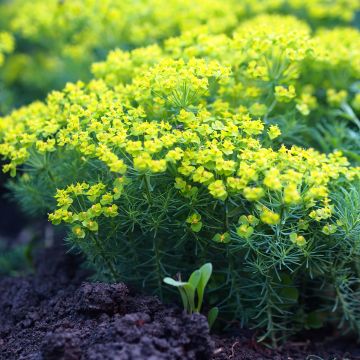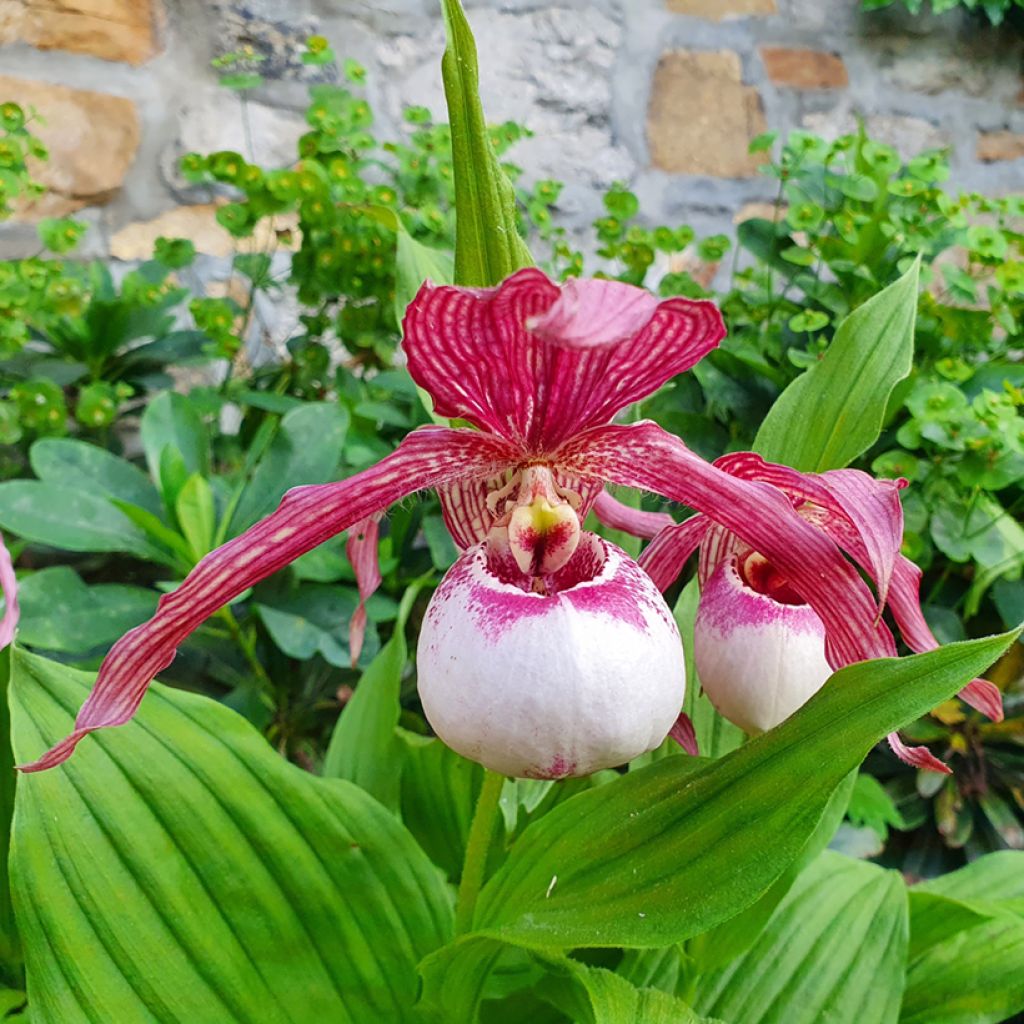

Cypripedium Lucy Pinkepank gx
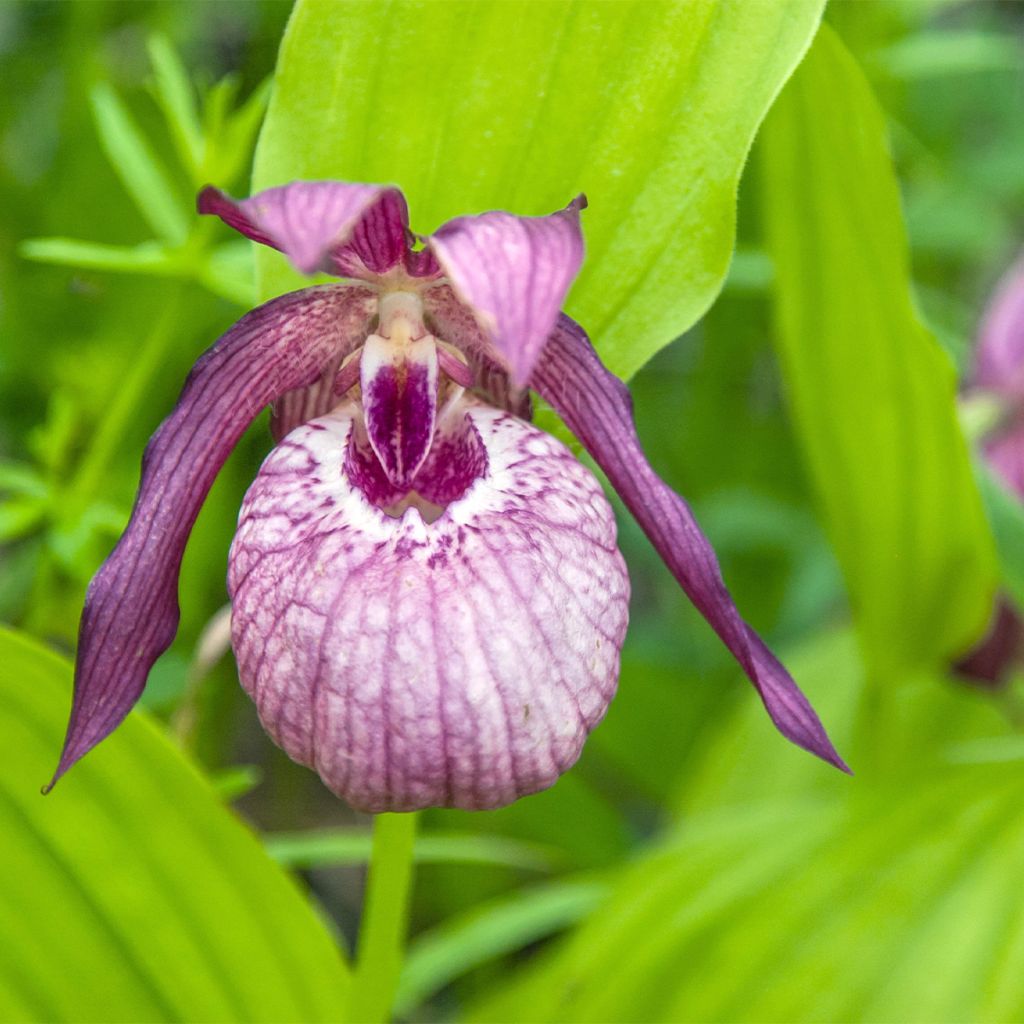

Cypripedium Lucy Pinkepank gx
Cypripedium Lucy Pinkepank gx
Cypripedium kentuckiense x tibeticum Pinkepank
Lady's Slipper Orchid
The plant is growing very well.
Christoohe, 06/10/2024
Why not try an alternative variety in stock?
View all →This plant carries a 12 months recovery warranty
More information
We guarantee the quality of our plants for a full growing cycle, and will replace at our expense any plant that fails to recover under normal climatic and planting conditions.
From €5.90 for pickup delivery and €6.90 for home delivery
Express home delivery from €8.90.


Does this plant fit my garden?
Set up your Plantfit profile →
Description
Cypripedium Lucy Pinkepank gx is a superb hybrid that combines hardiness, vigour and spectacular spring flowering. This garden orchid The large flowers of this orchid, truly superb, have the characteristic shape of the Venus Slipper, with a remarkable fuchsia and white colour. Like all garden orchids, this variety has specific cultivation requirements. It appreciates light shade and semi-shaded areas, temperate climates, cool, sandy and humus-rich, slightly acidic soils.
Cypripedium Lucy Pinkepank gx is the result of a cross between the vigorous Cypripedium kentuckiense and the C. tibeticum. Its first parent grows in the deep gorges with acidic soil of the mountainous massifs in the central part of the United States, from Tennessee through Kentucky, Missouri, Texas and Ohio. Cypripedium kentuckiense is the American terrestrial orchid with the largest flowers. Its second parent, Cypripedium tibeticum, is distributed in Bhutan, Sikkim and western China. In nature, this montane species is found growing in colonies in meadows, at the edge of forests, on limestone cliffs and in scree, between 2300 and 4600m (7546 and 15092ft). Its flowers are particularly colourful.
The Lucy Pinkepank gx variety develops vigorously from a fleshy stump from which light green, elliptical oval leaves emerge in early spring, sessile and embracing, with strongly impressed parallel veins. The stump slightly suckers, allowing it to eventually form small colonies in the undergrowth. In late spring, around May-June and for about two weeks, the plants produce leafy flower stems measuring 70-80cm (28-32in) in height, each bearing a large flower measuring up to 12cm (5in) in diameter when not fully open. The flowers are formed of slender, twisted sepals and petals, strongly striated with fuchsia red on a rosy white background, and a large ventral lip of white colour bordered with fuchsia pink, the inside of which is speckled with red. The foliage turns yellow in late summer and disappears in autumn, while the plant enters a dormant phase.
Cypripedium Lucy Pinkepank gx is a perennial adapted to mountain climates, resistant to frost. It thrives at the edge of forests, in light soils that never completely dry out, but are not waterlogged. Plant it in not too dense shade, in a fresh rock garden, between rocks or at the edge of a cool understory alongside Calanthes, Paris, Bletilla and other Trilliums. It will also thrive in a container, in an unheated greenhouse, and in a non-calcareous substrate.
When you receive your orchids, handle them with care: these plants produce few roots and are delicate!
Report an error about the product description
Cypripedium Lucy Pinkepank gx in pictures
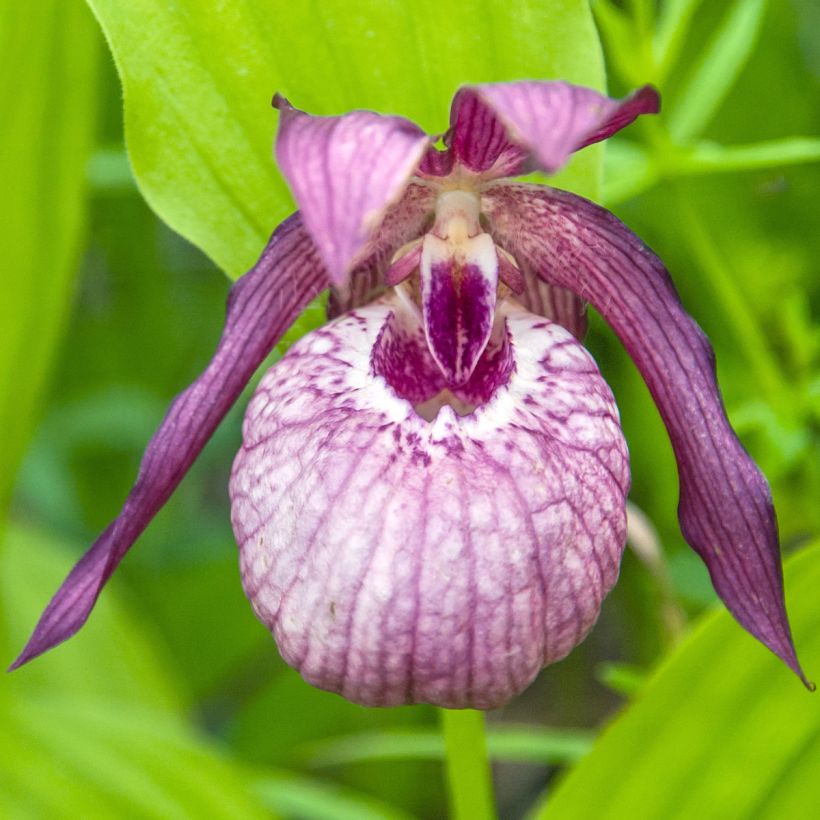

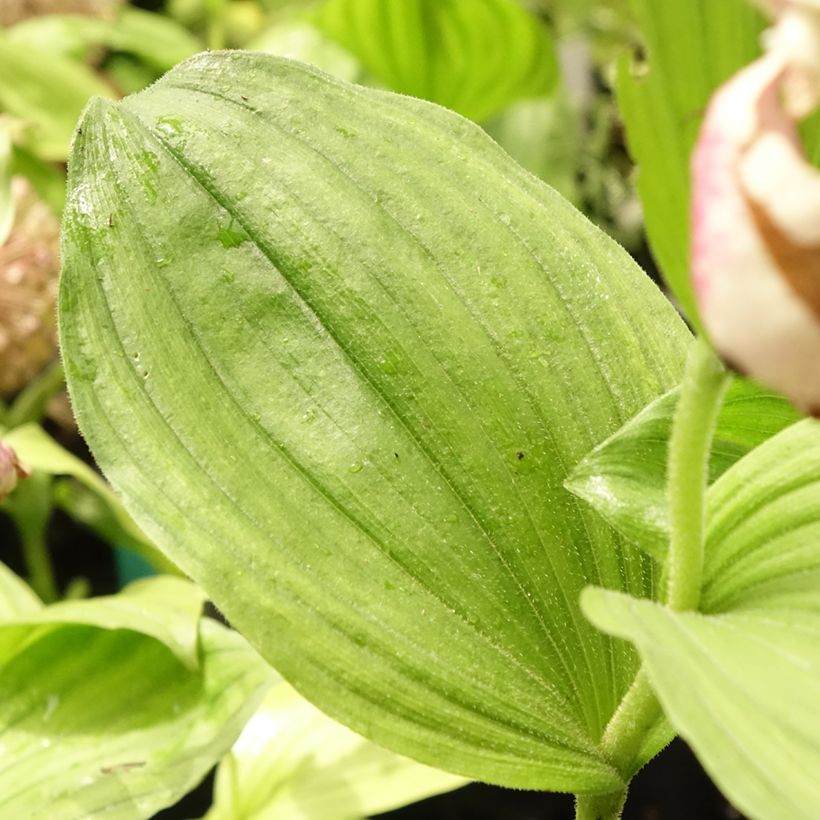

Flowering
Foliage
Plant habit
Botanical data
Cypripedium
kentuckiense x tibeticum
Pinkepank
Orchidaceae
Lady's Slipper Orchid
Cultivar or hybrid
Other Garden Orchids
Planting and care
Plant Cypripedium Lucy Pinkepank gx n partial shade, in a light, slightly acidic or neutral soil enriched with humus. This terrestrial orchid does not tolerate heavy and waterlogged soils, limestone, or dry soils. It also fears heatwaves and strong winds. Add 1/3 turf and 1/3 non-limestone fine gravel to the planting area, mixing it with topsoil. Water the plant without excess, ensuring that the soil remains slightly moist during summer. Protect the stump during the first year with a 10cm (4in) thick layer of dead leaves. Cypripediums do not like fertilizers. Avoid direct sunlight, especially during the hottest hours of the day.
Planting period
Intended location
Care
-
, onOrder confirmed
Reply from on Promesse de fleurs
Spring flowering perennials
Haven't found what you were looking for?
Hardiness is the lowest winter temperature a plant can endure without suffering serious damage or even dying. However, hardiness is affected by location (a sheltered area, such as a patio), protection (winter cover) and soil type (hardiness is improved by well-drained soil).

Photo Sharing Terms & Conditions
In order to encourage gardeners to interact and share their experiences, Promesse de fleurs offers various media enabling content to be uploaded onto its Site - in particular via the ‘Photo sharing’ module.
The User agrees to refrain from:
- Posting any content that is illegal, prejudicial, insulting, racist, inciteful to hatred, revisionist, contrary to public decency, that infringes on privacy or on the privacy rights of third parties, in particular the publicity rights of persons and goods, intellectual property rights, or the right to privacy.
- Submitting content on behalf of a third party;
- Impersonate the identity of a third party and/or publish any personal information about a third party;
In general, the User undertakes to refrain from any unethical behaviour.
All Content (in particular text, comments, files, images, photos, videos, creative works, etc.), which may be subject to property or intellectual property rights, image or other private rights, shall remain the property of the User, subject to the limited rights granted by the terms of the licence granted by Promesse de fleurs as stated below. Users are at liberty to publish or not to publish such Content on the Site, notably via the ‘Photo Sharing’ facility, and accept that this Content shall be made public and freely accessible, notably on the Internet.
Users further acknowledge, undertake to have ,and guarantee that they hold all necessary rights and permissions to publish such material on the Site, in particular with regard to the legislation in force pertaining to any privacy, property, intellectual property, image, or contractual rights, or rights of any other nature. By publishing such Content on the Site, Users acknowledge accepting full liability as publishers of the Content within the meaning of the law, and grant Promesse de fleurs, free of charge, an inclusive, worldwide licence for the said Content for the entire duration of its publication, including all reproduction, representation, up/downloading, displaying, performing, transmission, and storage rights.
Users also grant permission for their name to be linked to the Content and accept that this link may not always be made available.
By engaging in posting material, Users consent to their Content becoming automatically accessible on the Internet, in particular on other sites and/or blogs and/or web pages of the Promesse de fleurs site, including in particular social pages and the Promesse de fleurs catalogue.
Users may secure the removal of entrusted content free of charge by issuing a simple request via our contact form.
The flowering period indicated on our website applies to countries and regions located in USDA zone 8 (France, the United Kingdom, Ireland, the Netherlands, etc.)
It will vary according to where you live:
- In zones 9 to 10 (Italy, Spain, Greece, etc.), flowering will occur about 2 to 4 weeks earlier.
- In zones 6 to 7 (Germany, Poland, Slovenia, and lower mountainous regions), flowering will be delayed by 2 to 3 weeks.
- In zone 5 (Central Europe, Scandinavia), blooming will be delayed by 3 to 5 weeks.
In temperate climates, pruning of spring-flowering shrubs (forsythia, spireas, etc.) should be done just after flowering.
Pruning of summer-flowering shrubs (Indian Lilac, Perovskia, etc.) can be done in winter or spring.
In cold regions as well as with frost-sensitive plants, avoid pruning too early when severe frosts may still occur.
The planting period indicated on our website applies to countries and regions located in USDA zone 8 (France, United Kingdom, Ireland, Netherlands).
It will vary according to where you live:
- In Mediterranean zones (Marseille, Madrid, Milan, etc.), autumn and winter are the best planting periods.
- In continental zones (Strasbourg, Munich, Vienna, etc.), delay planting by 2 to 3 weeks in spring and bring it forward by 2 to 4 weeks in autumn.
- In mountainous regions (the Alps, Pyrenees, Carpathians, etc.), it is best to plant in late spring (May-June) or late summer (August-September).
The harvesting period indicated on our website applies to countries and regions in USDA zone 8 (France, England, Ireland, the Netherlands).
In colder areas (Scandinavia, Poland, Austria...) fruit and vegetable harvests are likely to be delayed by 3-4 weeks.
In warmer areas (Italy, Spain, Greece, etc.), harvesting will probably take place earlier, depending on weather conditions.
The sowing periods indicated on our website apply to countries and regions within USDA Zone 8 (France, UK, Ireland, Netherlands).
In colder areas (Scandinavia, Poland, Austria...), delay any outdoor sowing by 3-4 weeks, or sow under glass.
In warmer climes (Italy, Spain, Greece, etc.), bring outdoor sowing forward by a few weeks.

































